Like many moments in field science, it came down to a lucky accident.
A team of scientists and local villagers were conducting a biological survey on Mt. Sasari, a cloud-forest plateau in the Solomon Islands. At the team’s first campsite, a young boy tagging along on the expedition found a baby rat curled up at the base of a flowering Caryota palm.
Close examination would reveal that it was a young Isabel giant rat, a species that hasn’t been seen by Western scientists in more than 30 years.
A Survey in the Clouds
Mt. Sasari sits on the eastern end of Santa Isabel island, looming lush and green above the provincial capital of Buala. The mountain rises to a height of more than 1,100 meters above sea level and is the highest point on the island.
Biodiversity 101
What you need to know about the variety of life on Earth and how to protect it.
“Sarari is really special,” says Peter Waldie, acting director of TNC’s Solomon Islands program. “It’s the only cloud forest on the third-largest island in the Solomons. It’s not a huge area compared with neighbouring lowland forests, but it has incredibly high biodiversity.”
That biodiversity is driven largely by the island’s geography. “Mt. Sasari is a massive plateau, so we get extensive montane forest with all these spectacular species found at the top of the ridge,” explains Patrick Pikacha, an ecologist with Ecological Solutions and leader of the survey team. Pikacha, a native Solomon Islander who has worked in Melanesia for several decades, specializes in harnessing indigenous knowledge and Western science to support community conservation.
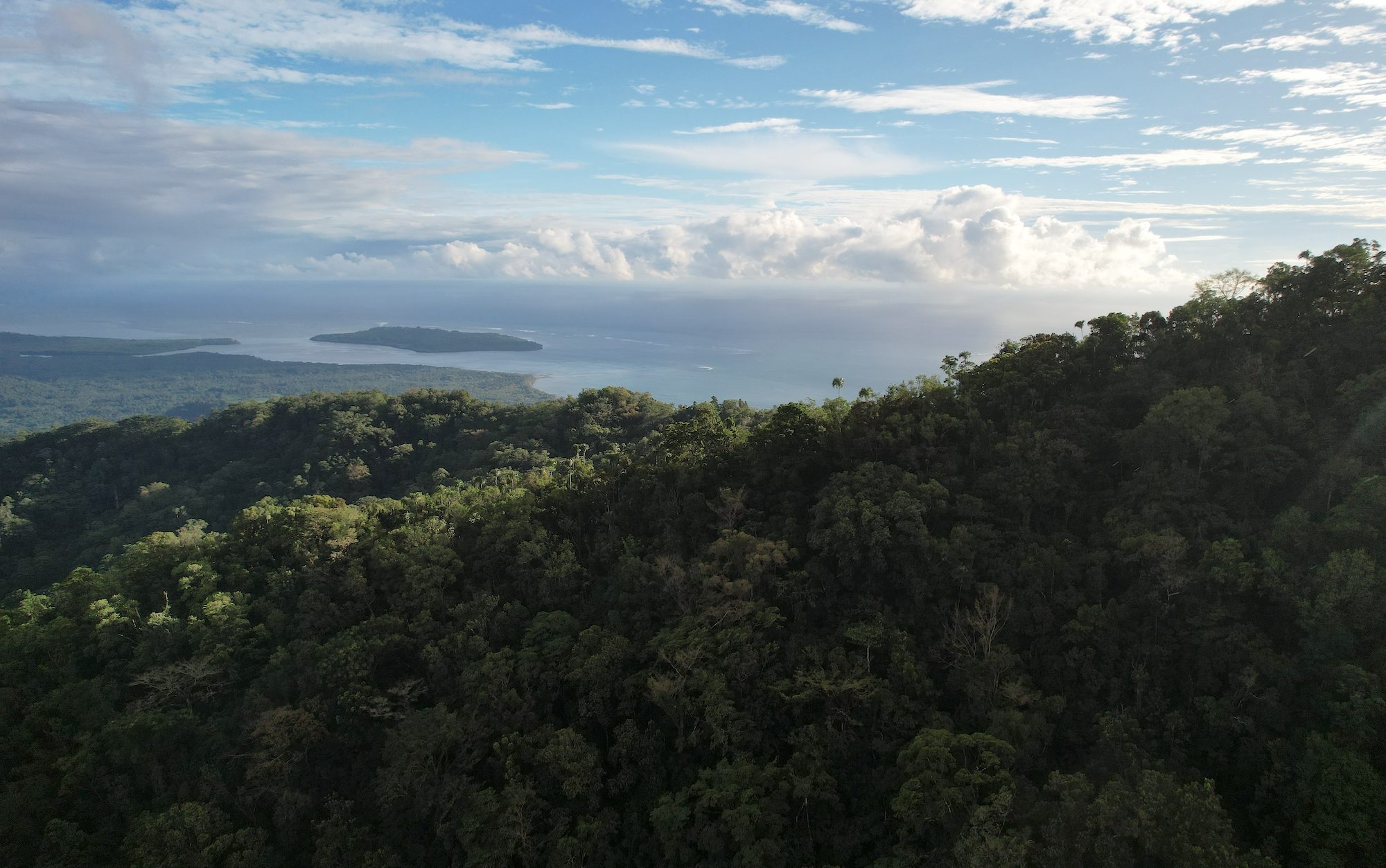
He says that most mountains in the Solomon Islands have limited montane forest, because their peaks are jagged, volcanic formations with less surface area at high elevations. But Sasari is a plateau, which provides more room for evolution to work. “There is a lot of room for species to move into all these new niches at the summit on this mountain,” he says, “and it’s not like that on many of the other islands in the Solomons.”
Local communities first identified Sasari as a conservation priority in the mid 2000s, when The Nature Conservancy ran a ridges-to-reefs conservation planning initiative across the province. As logging starts to encroach on the surrounding forest, TNC is helping those communities secure formal protected area status for Mt. Sasari.
With funding from TNC, Pikacha led a week-long biological survey in July and August 2023. The team surveyed plants at three different locations within the forest, each at a different elevation. They recorded all birds, amphibians, and reptiles they encountered, and used a combination of spotlighting, mist nets, and traps to survey for mammals.
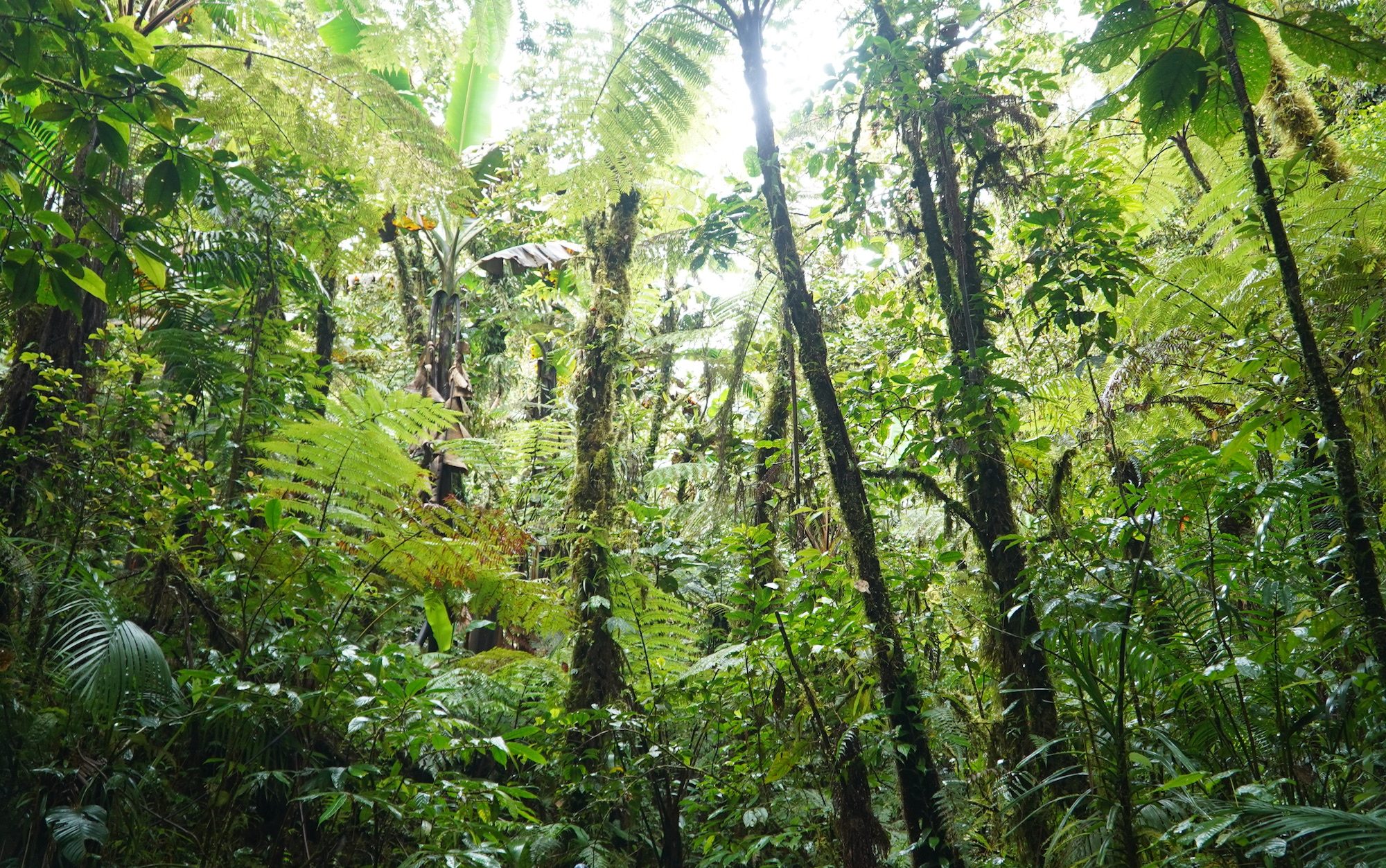
Meet the Isabel Giant Rat
Pikacha didn’t realize the enormity of the discovery when the young boy, grandson of a local elder, first showed him the young rat.
“We brushed it off initially as just another invasive rat,” says Pikacha, “but when we examined it closely, it didn’t have any of the characteristics of a Rattus rattus. It was very burly, with a flat nose, a long tail, brown fur instead of grey. It was very distinct.” Its wide feet were another clue, indicating that the species was arboreal.
The young rat had likely been clinging to its mother’s back while she fed on the palm, and had somehow fallen out of the tree.
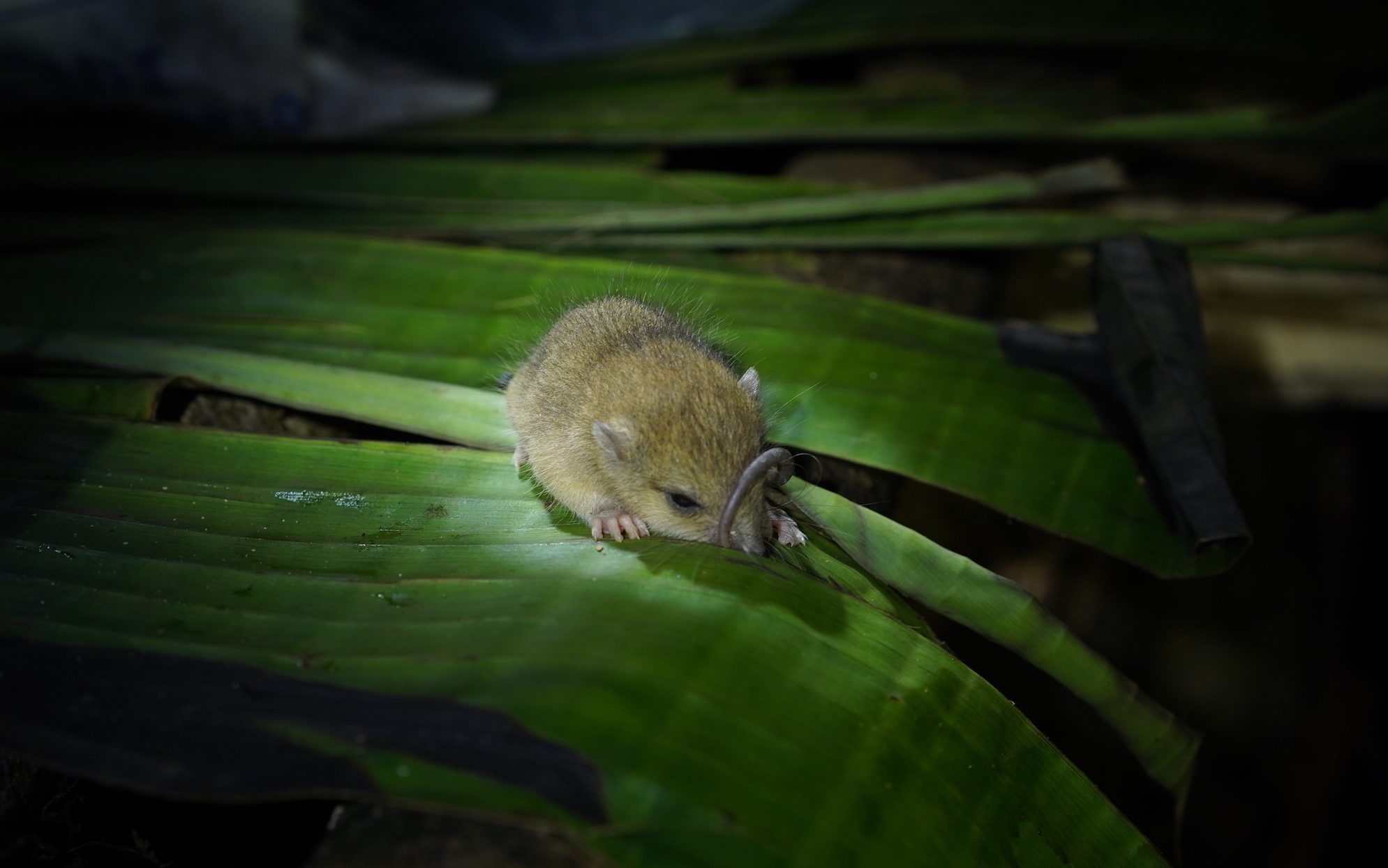
“The Solomons are known for their giant rats,” says Pikacha. “They are very strange giant rats that are mostly arboreal and make their nest in the trees, like an eagle’s nest.” He says that the Isabel giant rat, Solomys sapientis, is one of the rarest in the Solomon Islands, and was last seen in 1991.
Few Western scientists have seen the species, and we know so little about it that its entry in the newly released field guide for the region takes up less than a page. Most of what we know is inferred from our knowledge of related species from neighboring islands, like the Bougainville giant rat (Solomys salebrosus).
Pikacha is quick to point out that local communities are more familiar with the rat, which they call the kakahu. “Locals know very well that the rat is there, and they sometimes hunt it,” he says. “One of the guides said he has eaten it recently, and so it is well known in the folklore and by locals.”
There are only nine specimens of the kakahu in museums, with the most recent animal collected in 1991. Adults are about the size of an eastern grey squirrel, with black-brown fur and a long, hairless black tail.
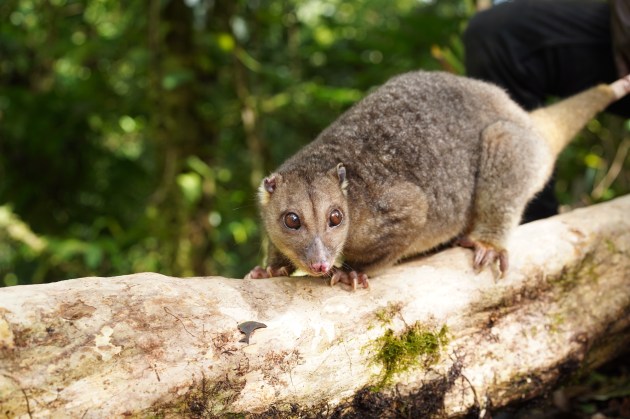
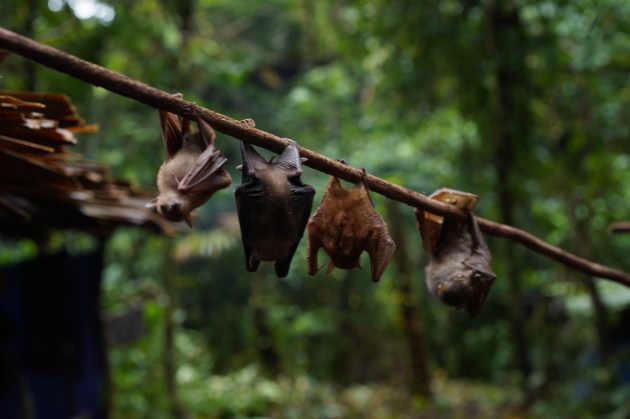
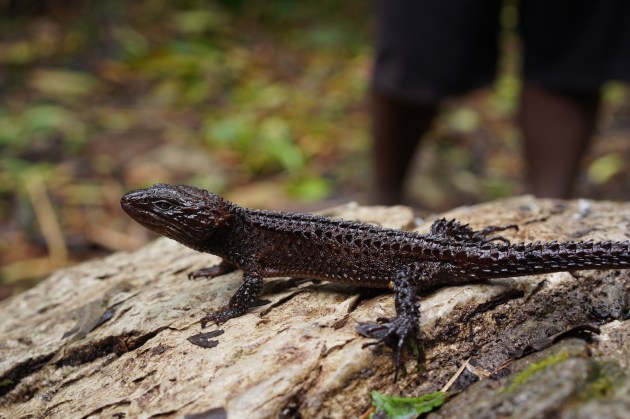
The giant rat wasn’t the only mammal recorded on the survey. Pikacha’s team saw the northern common cuscus (Phalanger orientalis), the Solomons tube-nosed bat (Nyctimene bougainville), the long-tongued nector bat (Macroglossus minimus), and Geoffroy’s rousette (Rousettus amplexicaudatus). (To learn more about the mammals of island Melanesia, we recommend this field guide.)
The survey also recorded 6 species of reptile, 15 species of birds, and 19 species of frog; high numbers for a week-long survey in challenging tropical conditions. Three of those frogs are undescribed species of sticky-toed frog, in the Cornufer genus.
Sasari is also a hotspot of orchid diversity, and Pikacha says that they were a highlight of the survey. The survey recorded 42 orchid species, and at one location documented an astonishing 11 species growing on a single tree.
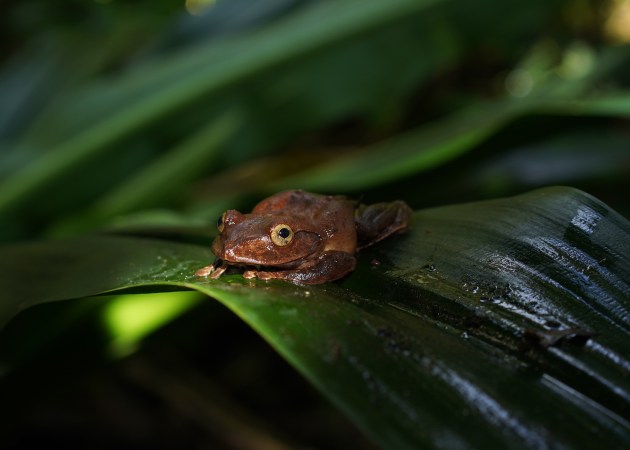
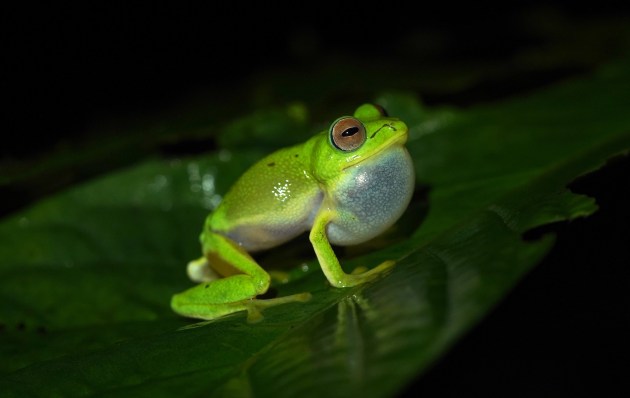
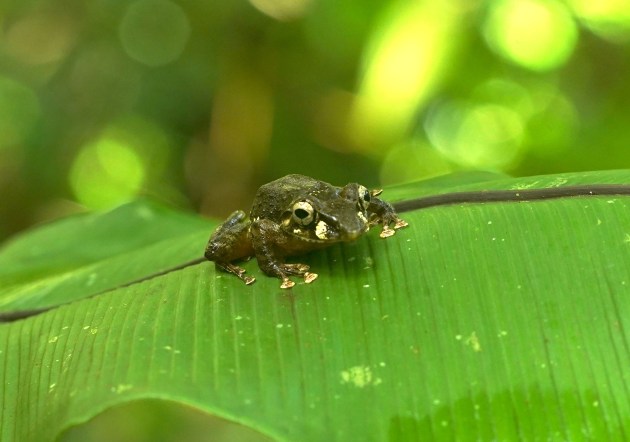
Lasting Protection for Sasari
This biological survey was the first step in attempting to secure lasting protection for the forests on Mt. Sasari, which will also help protect the Isabel giant rat’s habitat. Pikacha says that it’s not a coincidence that they found the rat at their first camp, which was located near intact montane forest.
Scientists don’t have any qualitative data about the rat population, but IUCN considered the species endangered due to ongoing habitat loss and hunting. Local people reported that the species had become rare in the early 1990s, before widespread logging started on Santa Isabel. Since then, commercial logging has increased dramatically. According to Global Forest Watch, the Solomon Islands has lost more than 7% of its forests since 2000. Some islands have as little as 10% of their primary forests remaining, with little protection for what remains.
Pikacha explains that logging in the Solomon Islands is limited to elevations below 400 meters. But as commercial logging operations run out of low-elevation areas, they’re increasingly seeking special permission to log higher up the mountains. Forest clearing for local food cultivation is also increasing in the area, as population growth forces rural villages to establish additional gardens. What little intact forest remains now at risk, including Mt. Sasari.
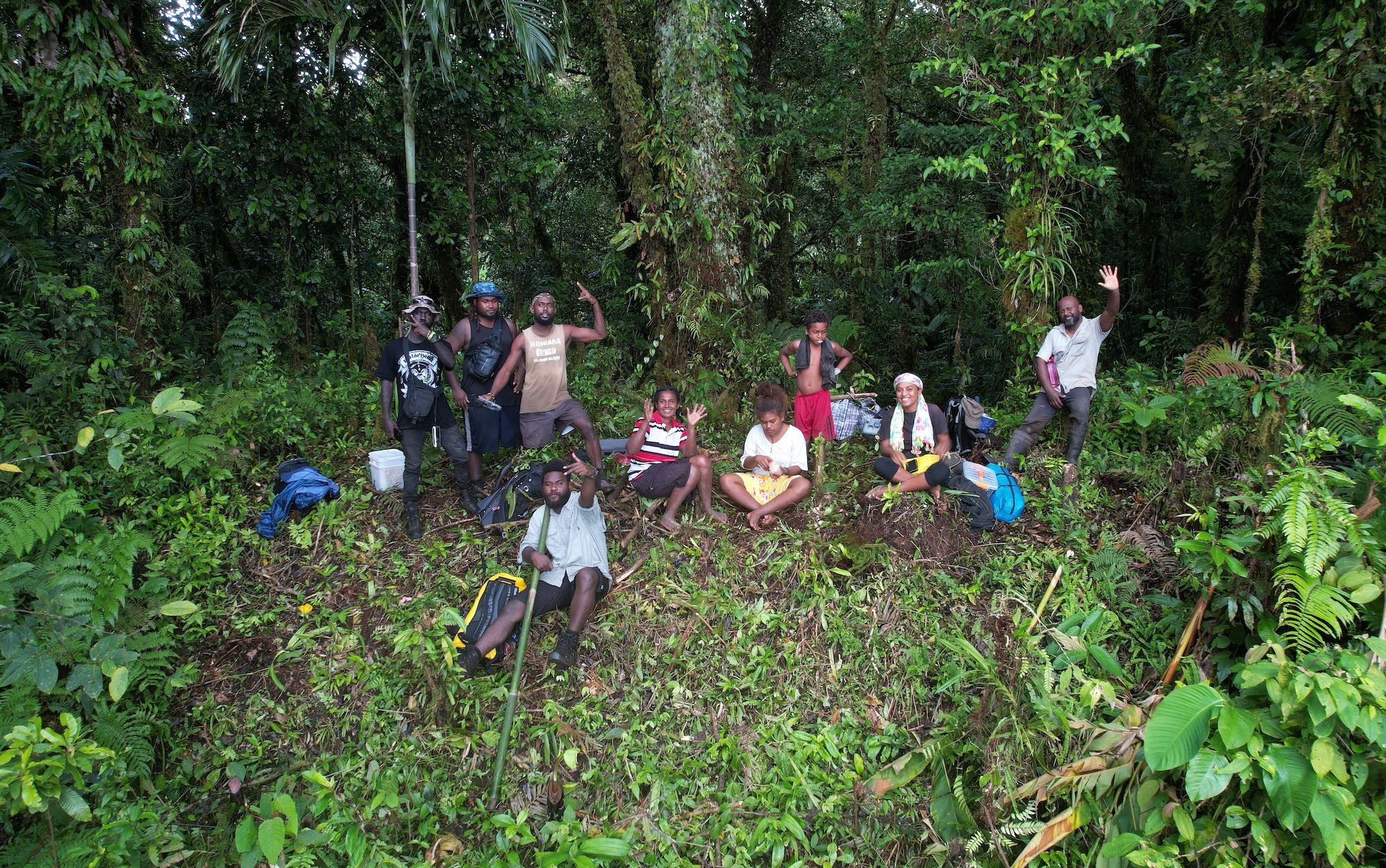
Pikacha says that Mt. Sasari holds significance for the local communities, especially for its women. “What makes Sasari so different from any of the other sites I’ve been to in the Solomons is that there’s matrilineal ownership of the mountain,” says Pikacha. “The community is heavily supported by the women, and all of the women came up to the mountain with us.”
Though the project is in its early stages, Waldie hopes that TNC can help the local communities obtain formal protected area status for Mt. Sasari. He also hopes that TNC can raise additional funds to allow Pikacha to return to Sasari to catch additional frog specimens to help formally describe these new species.
“It just goes to show that if we’re not protecting these last, high-value ecosystems, then we’re certainly losing species that we haven’t described yet,” says Waldie.
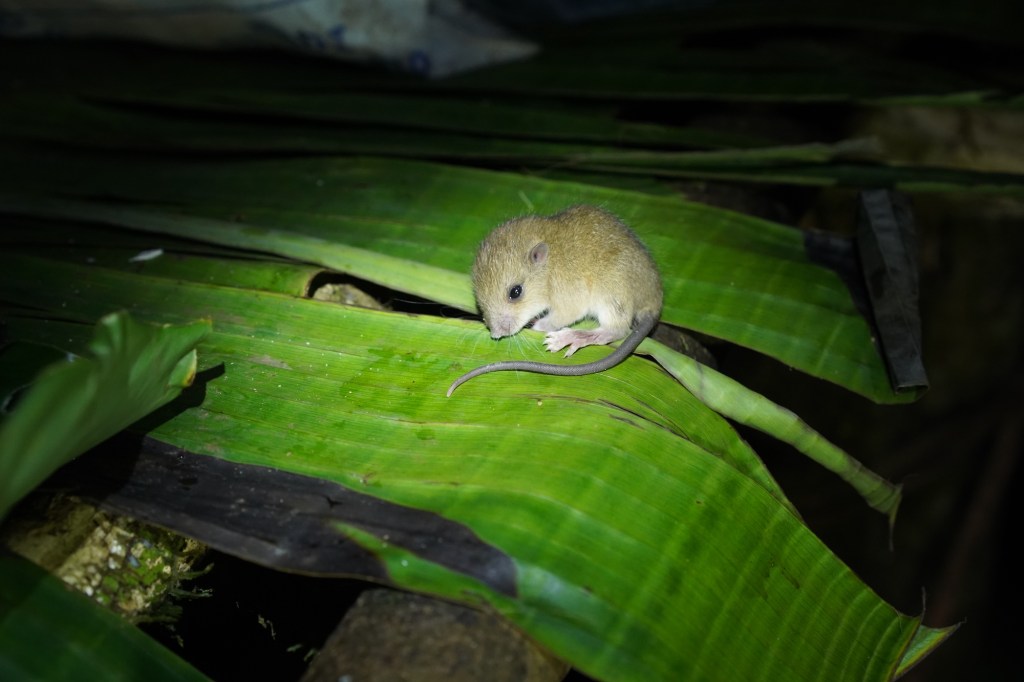



Join the Discussion